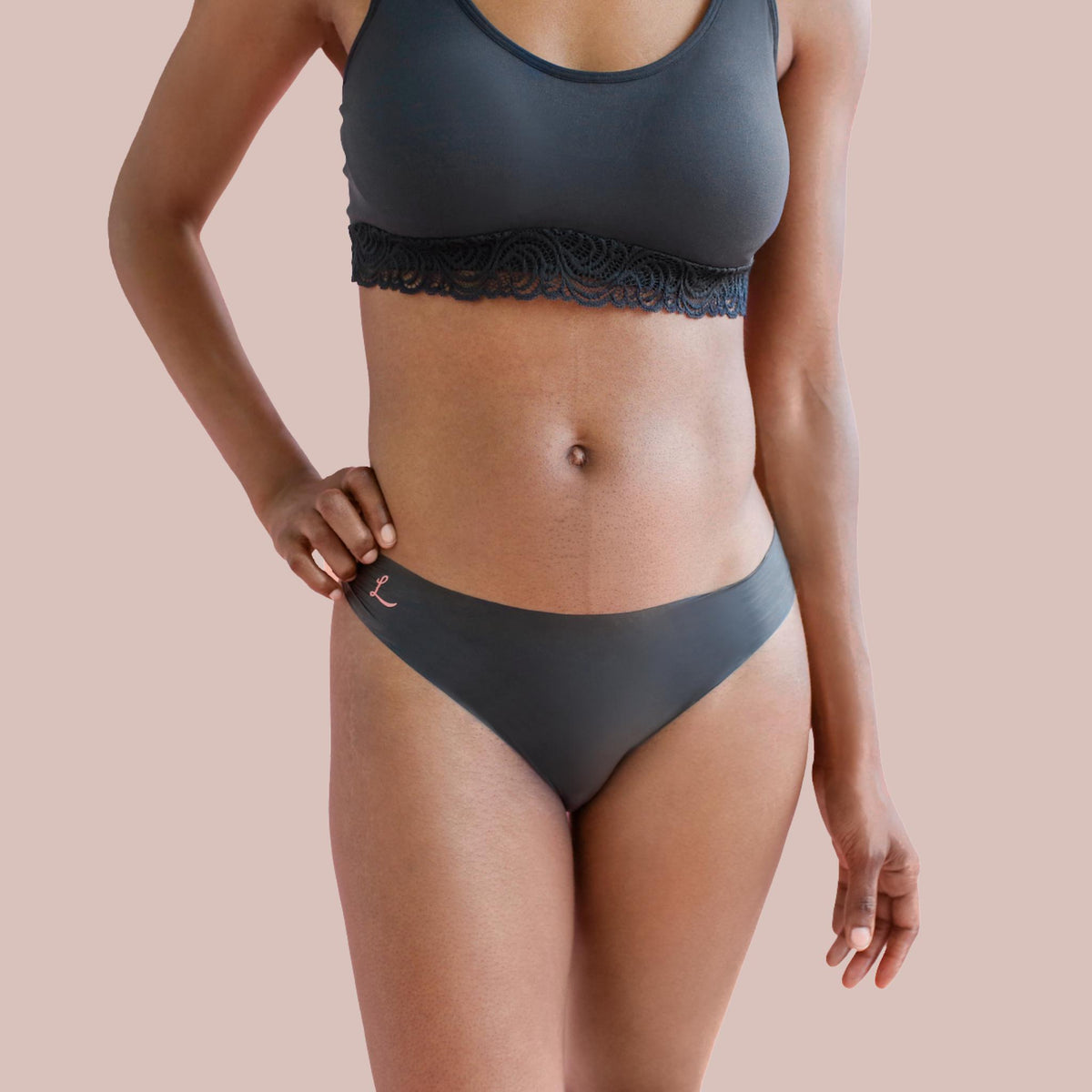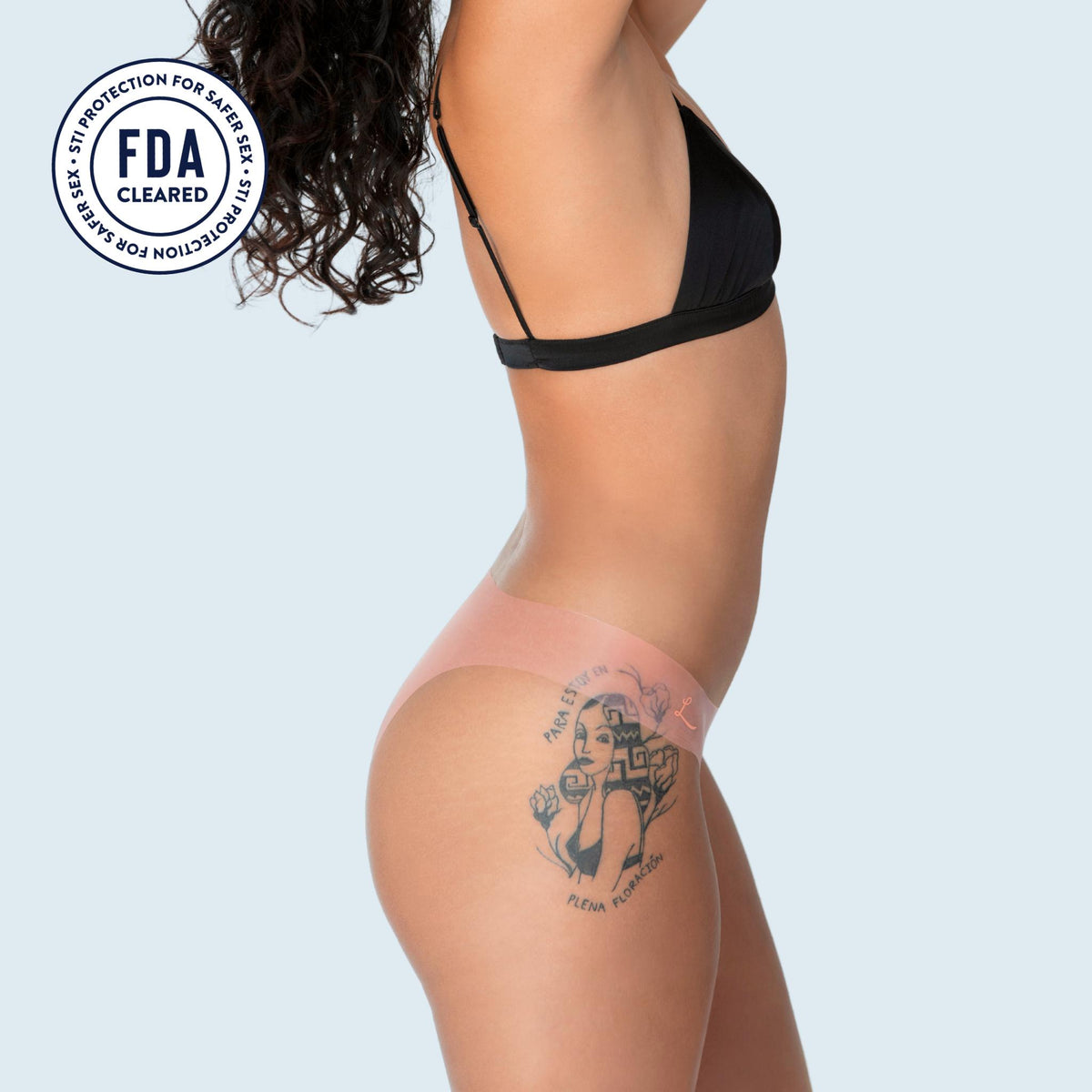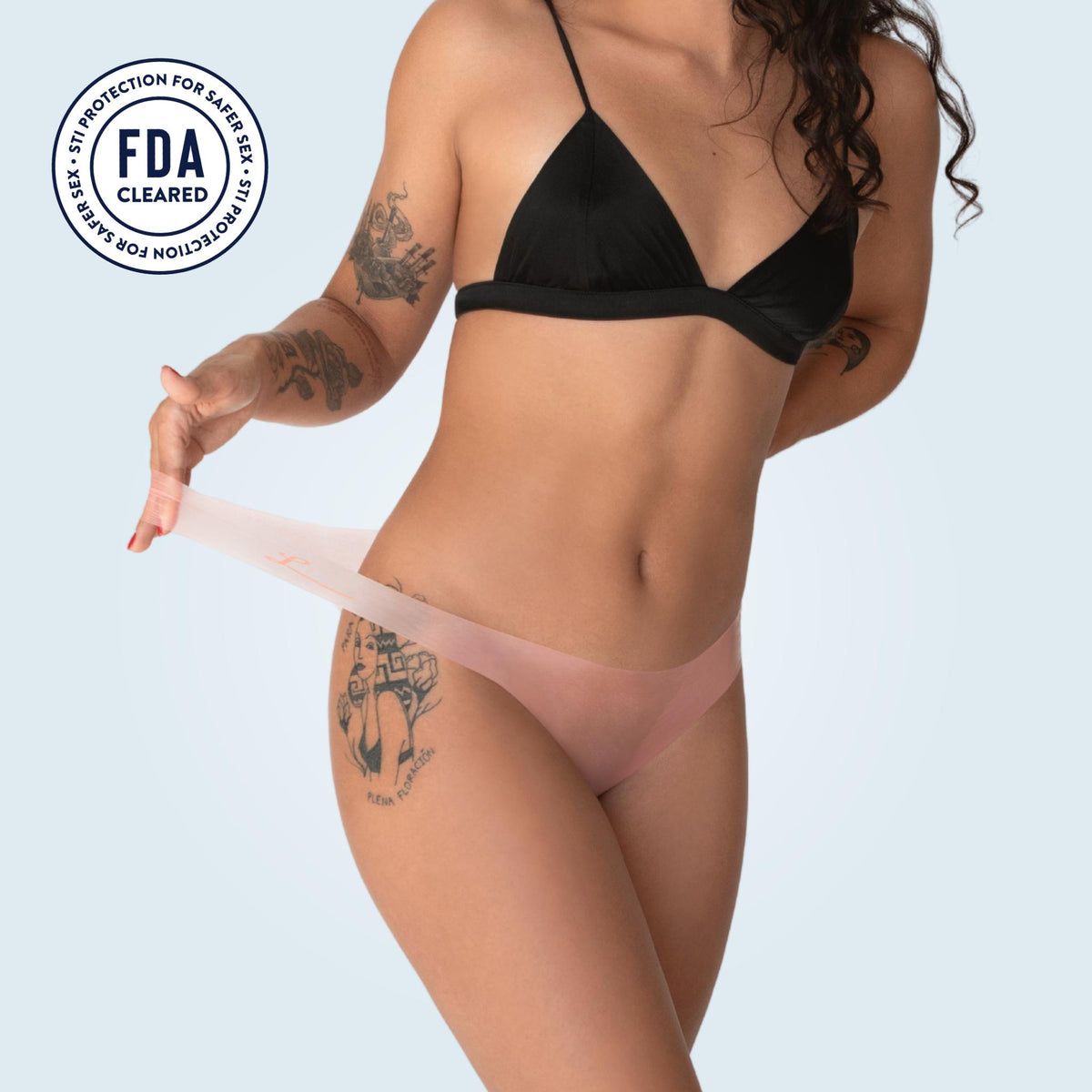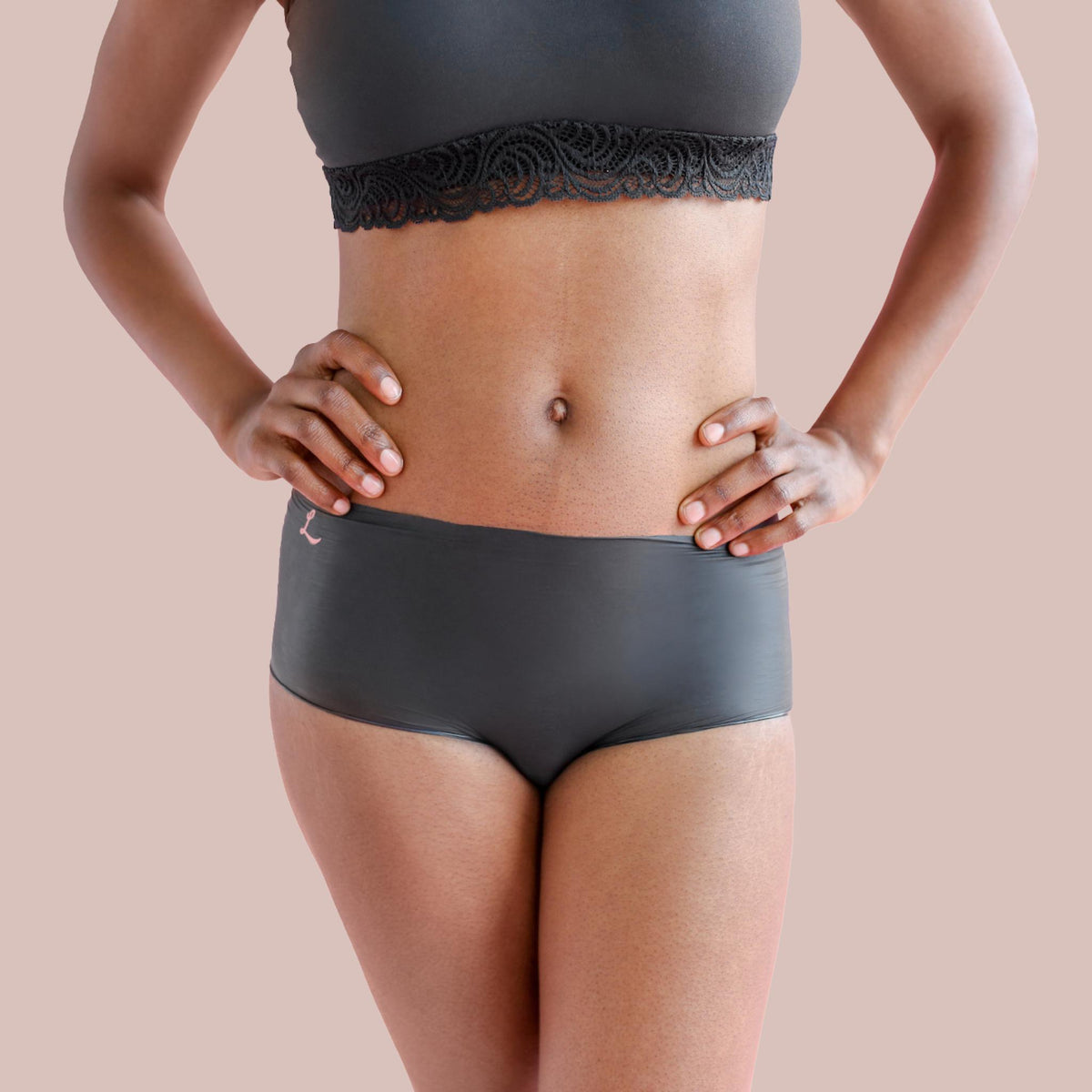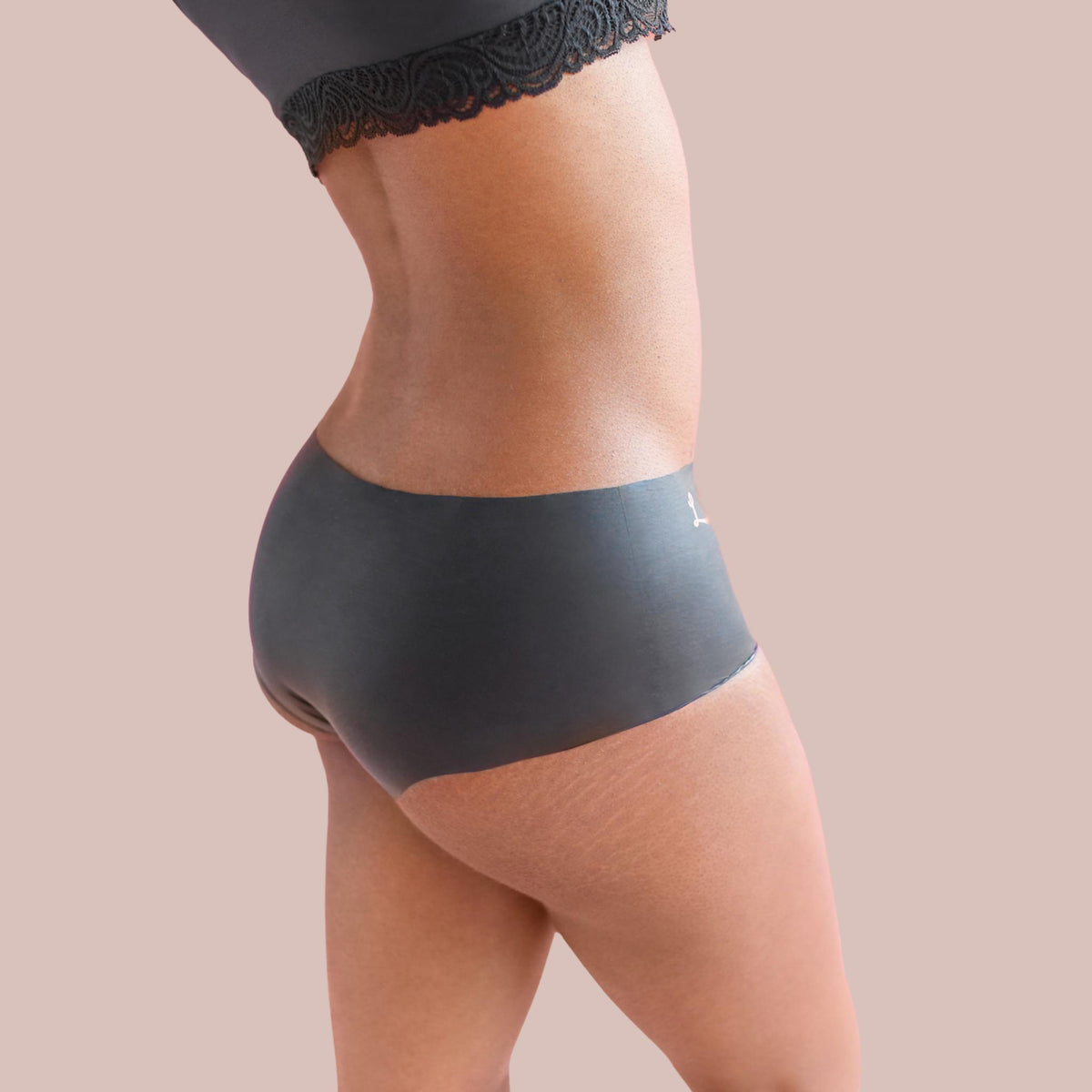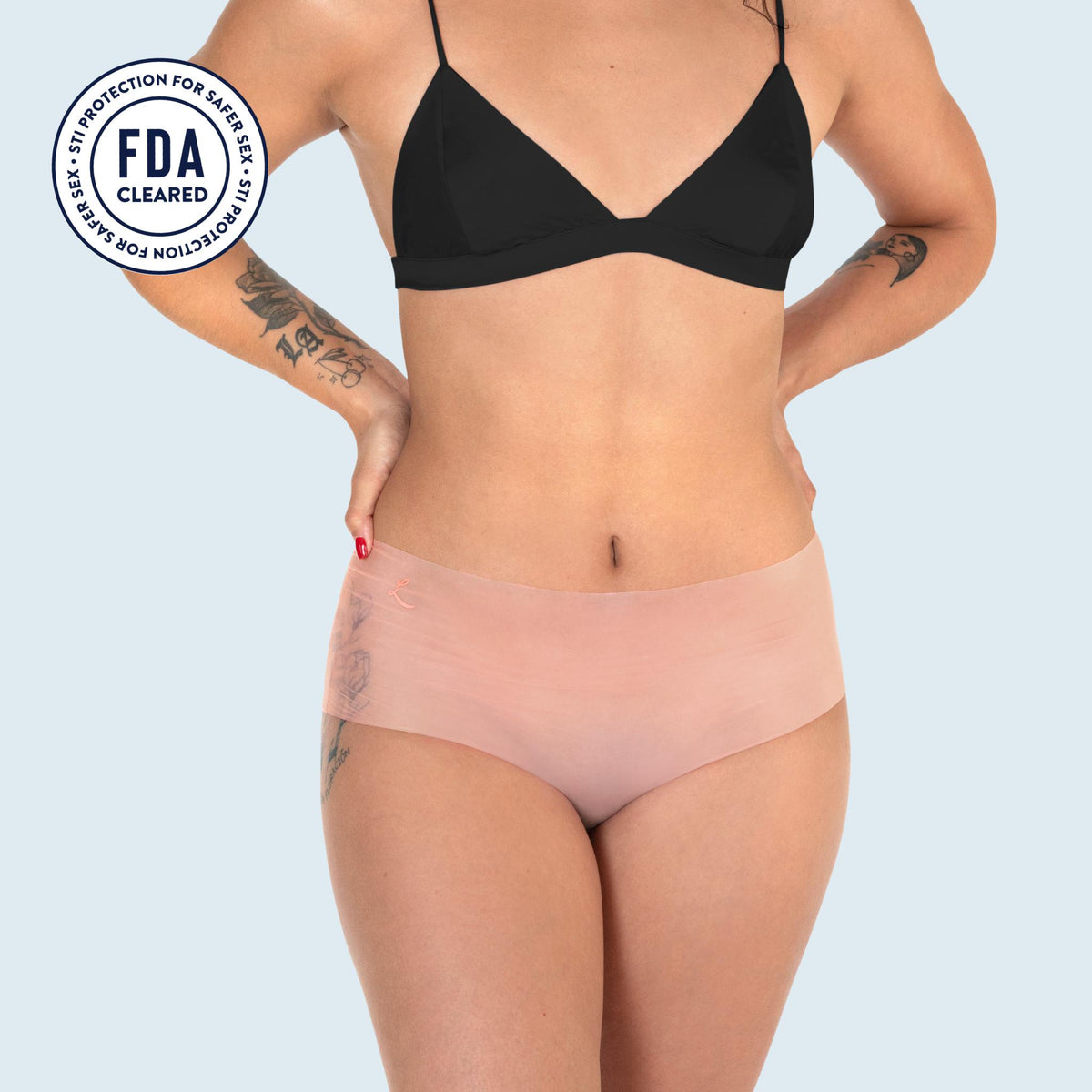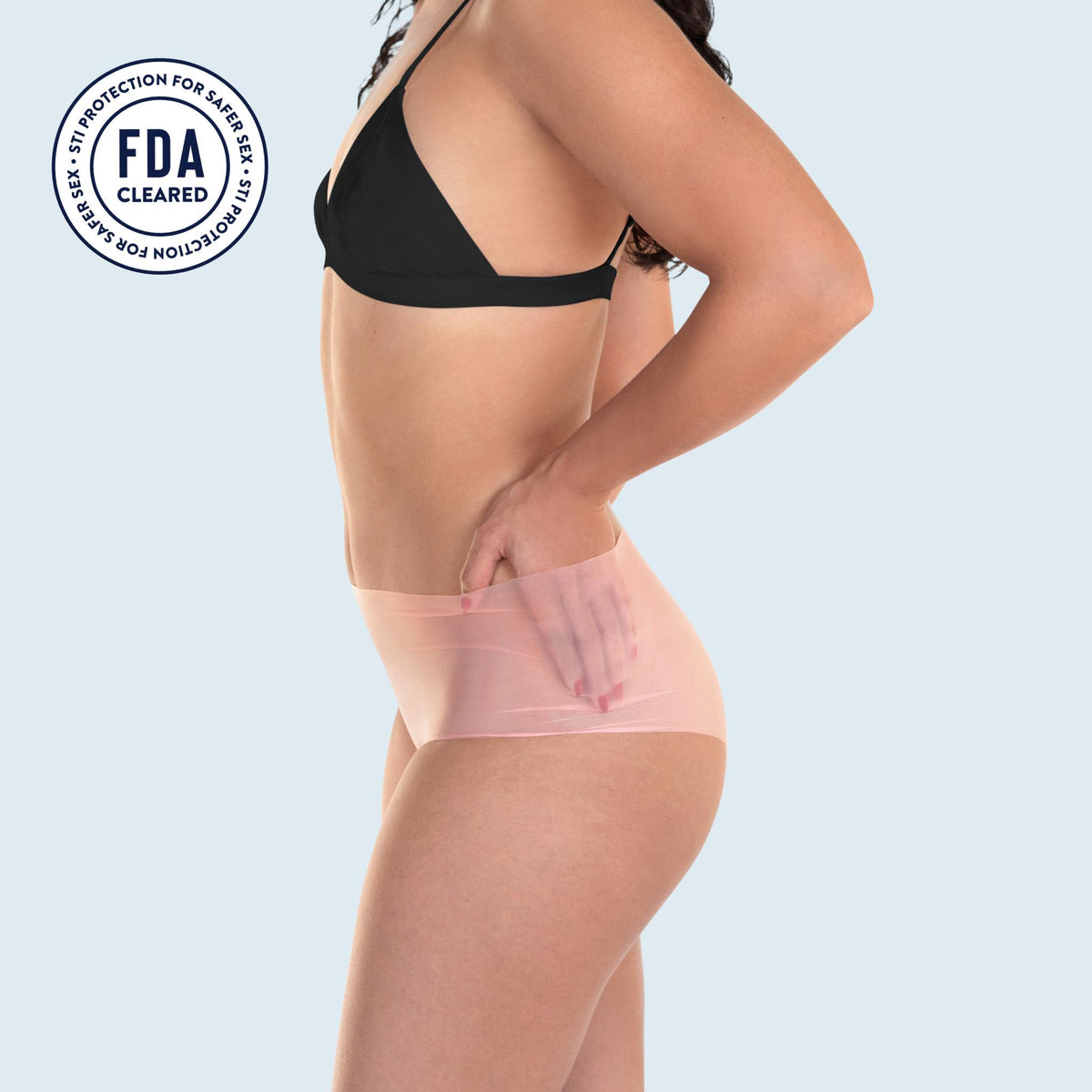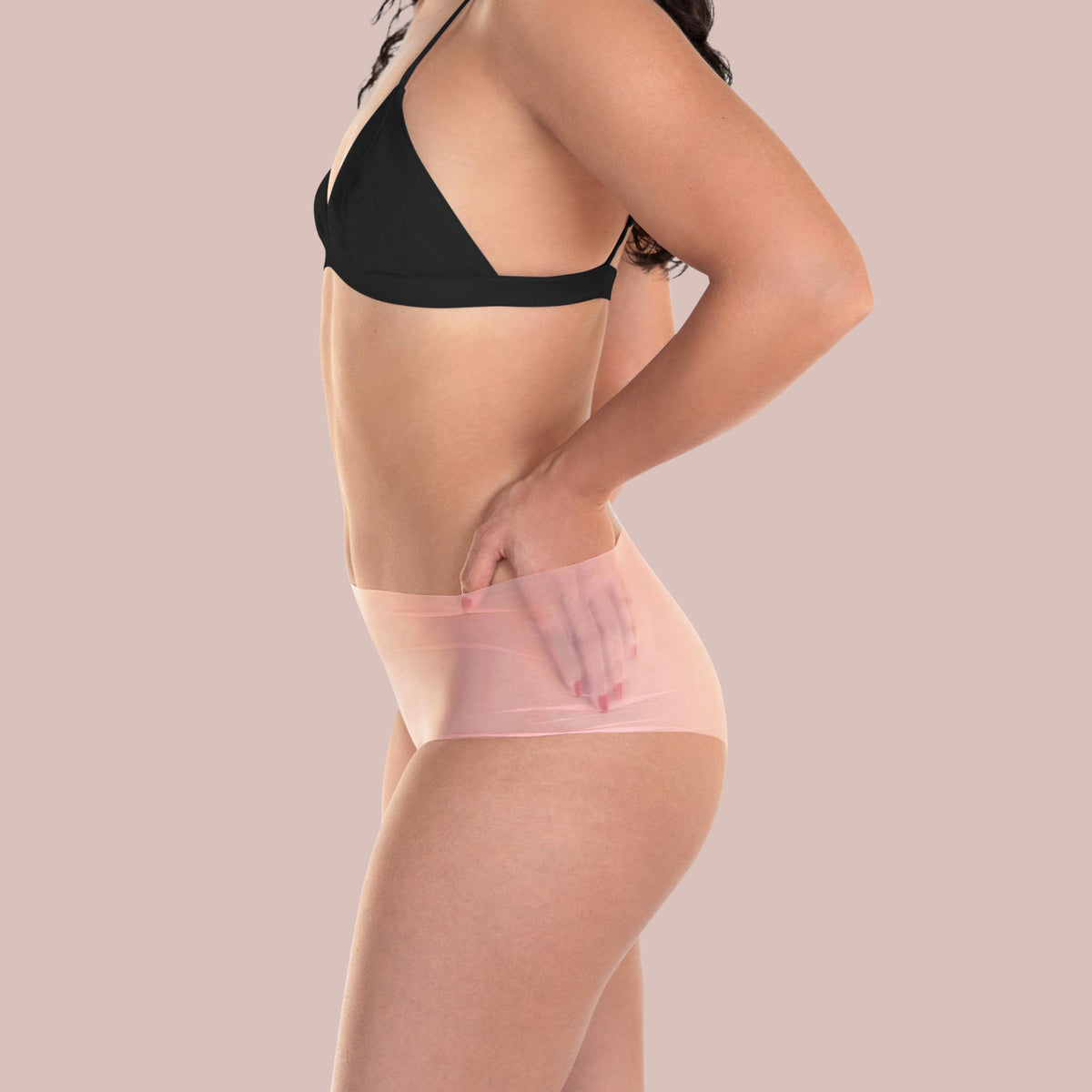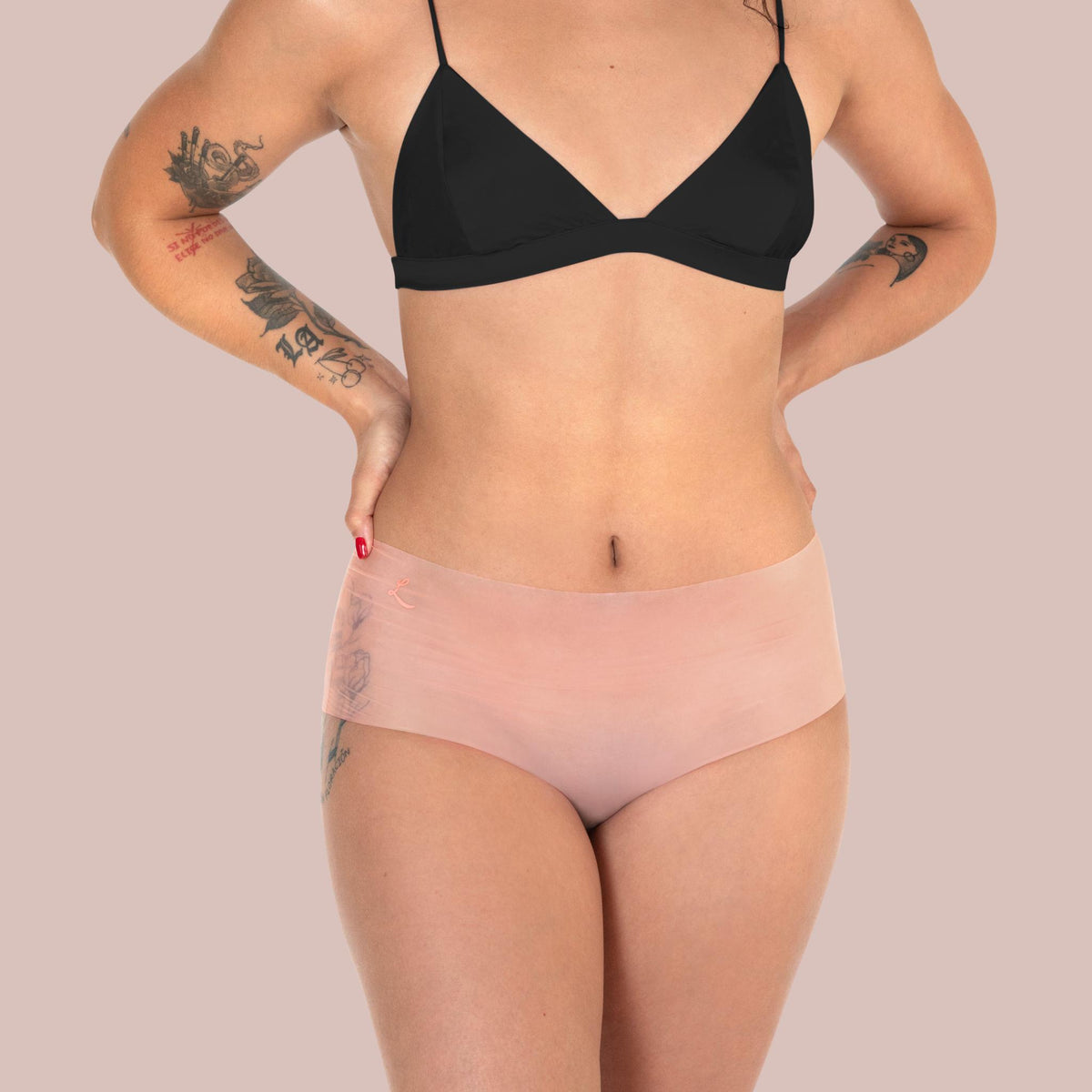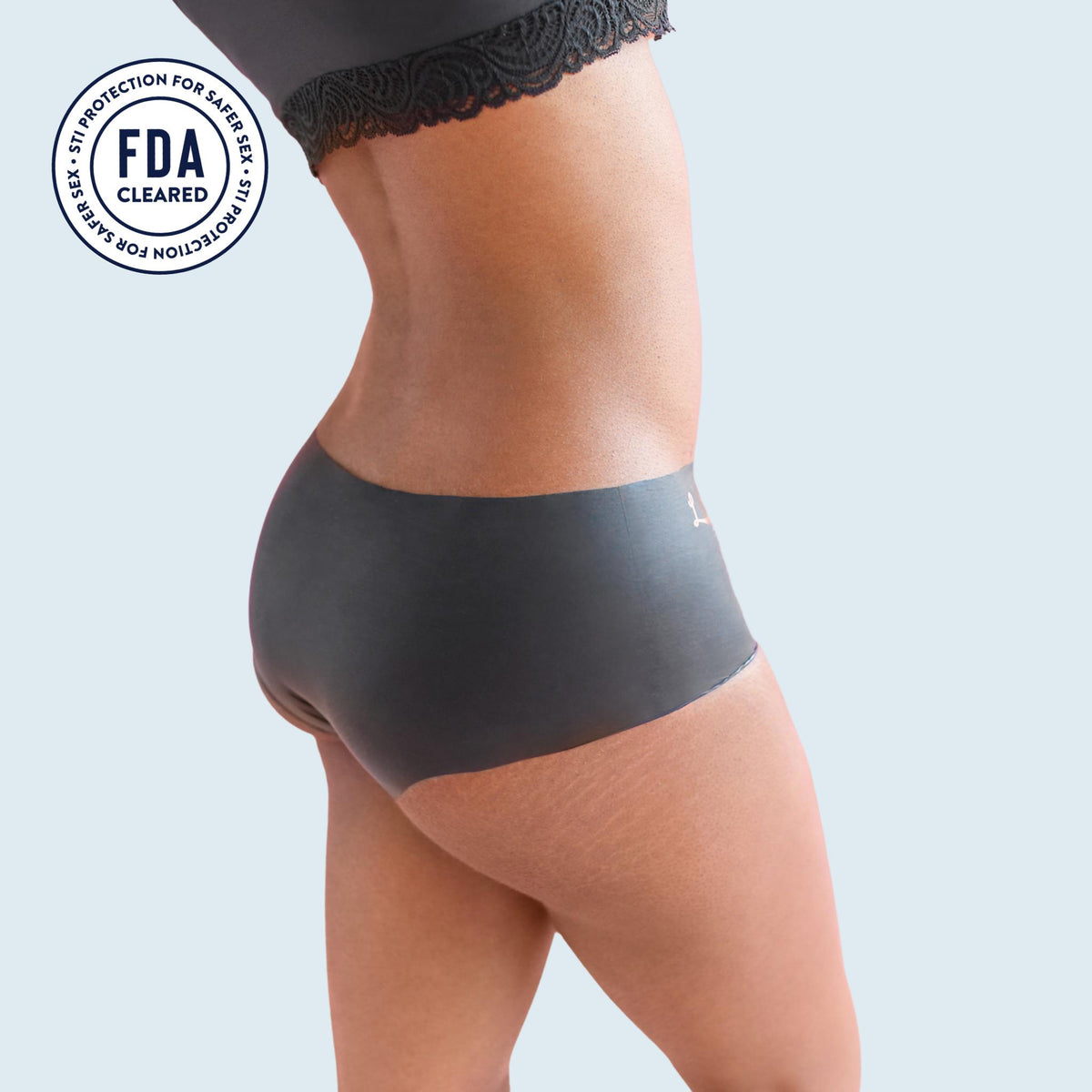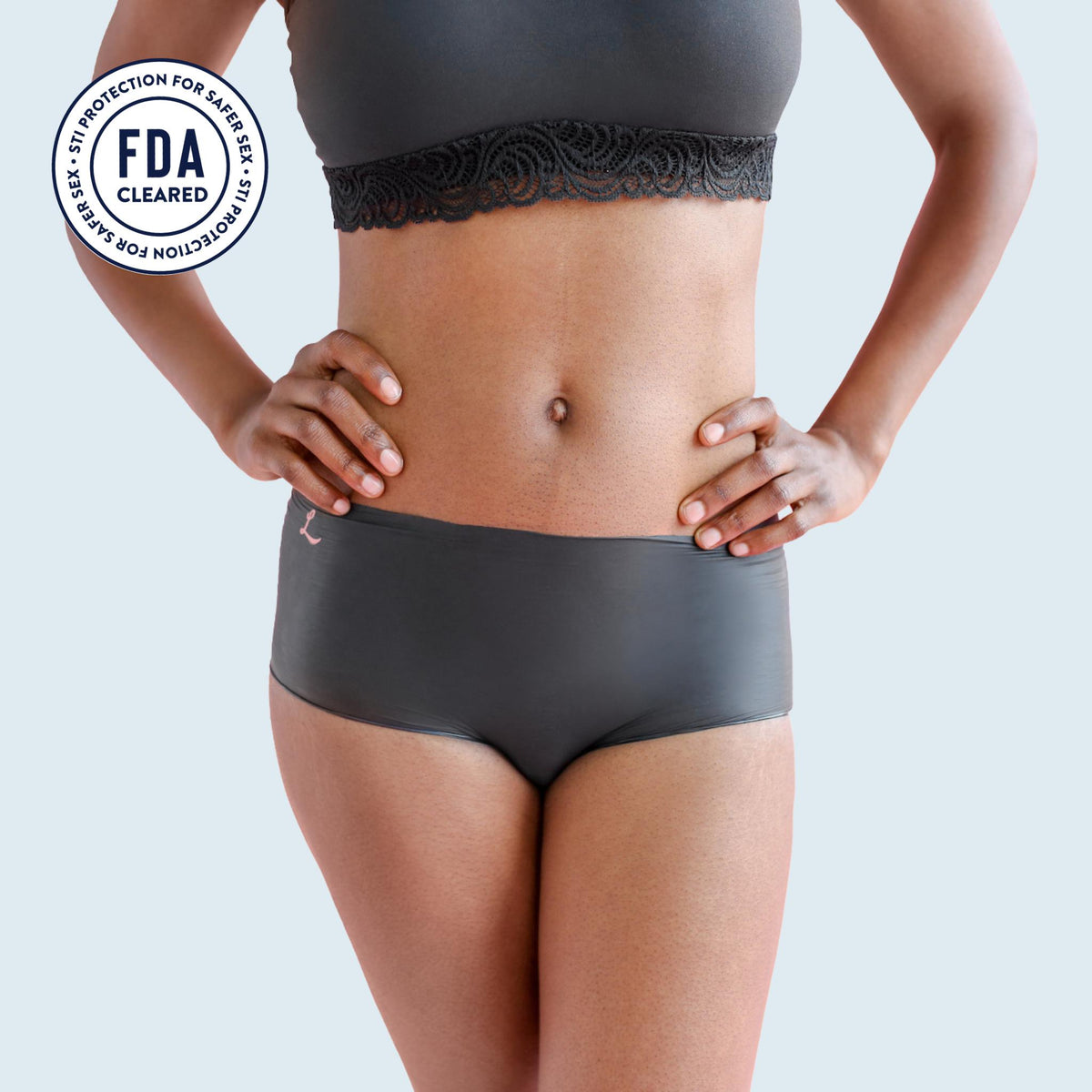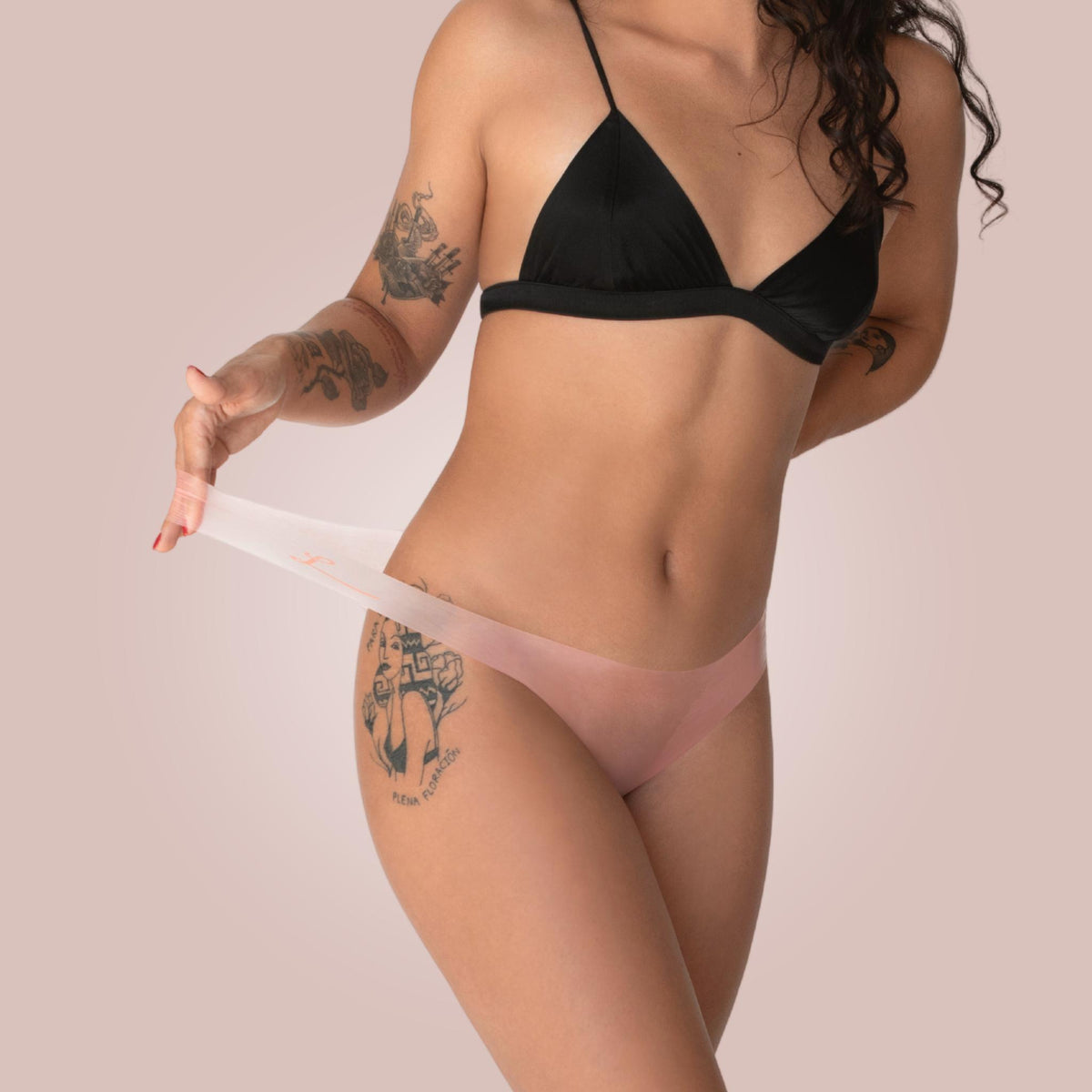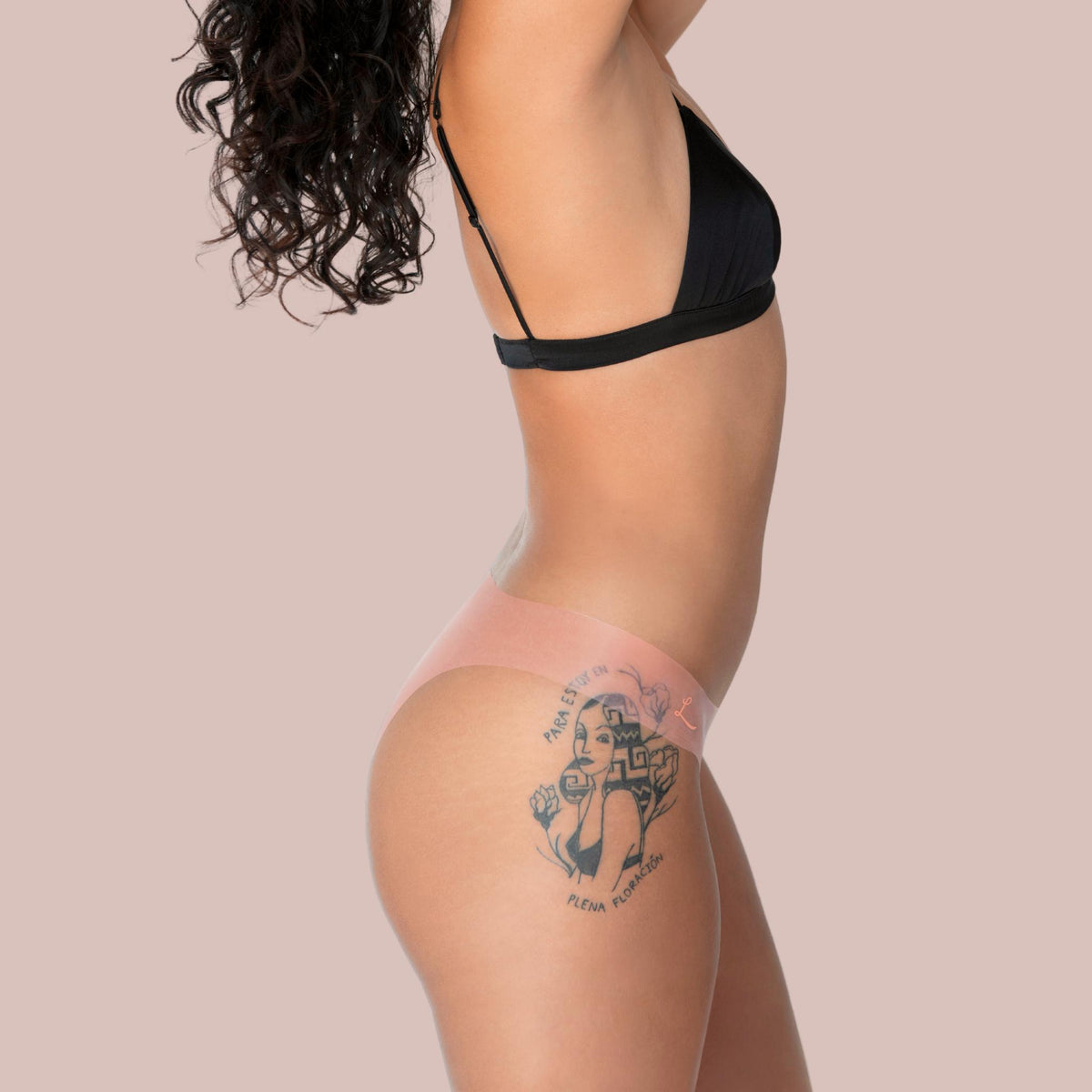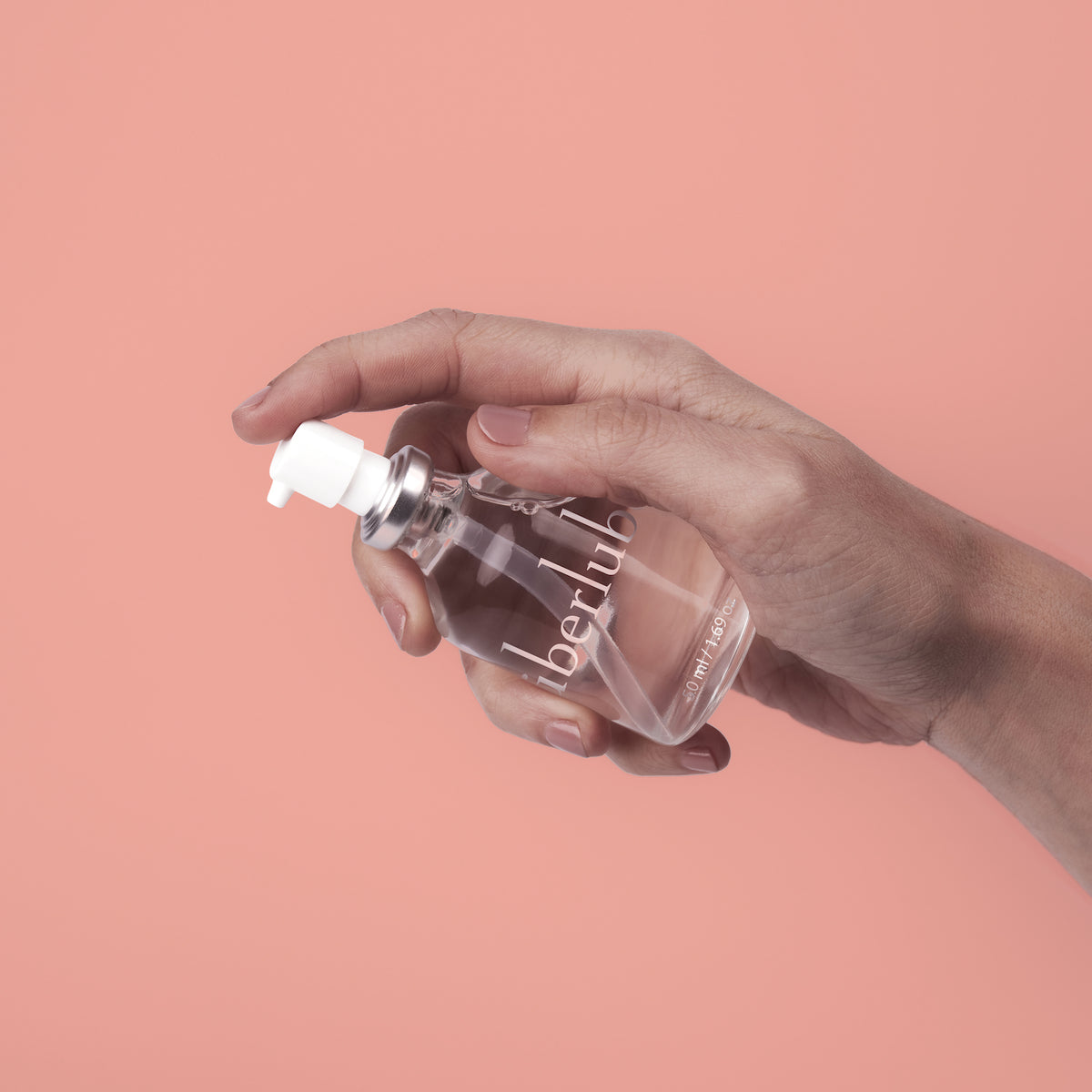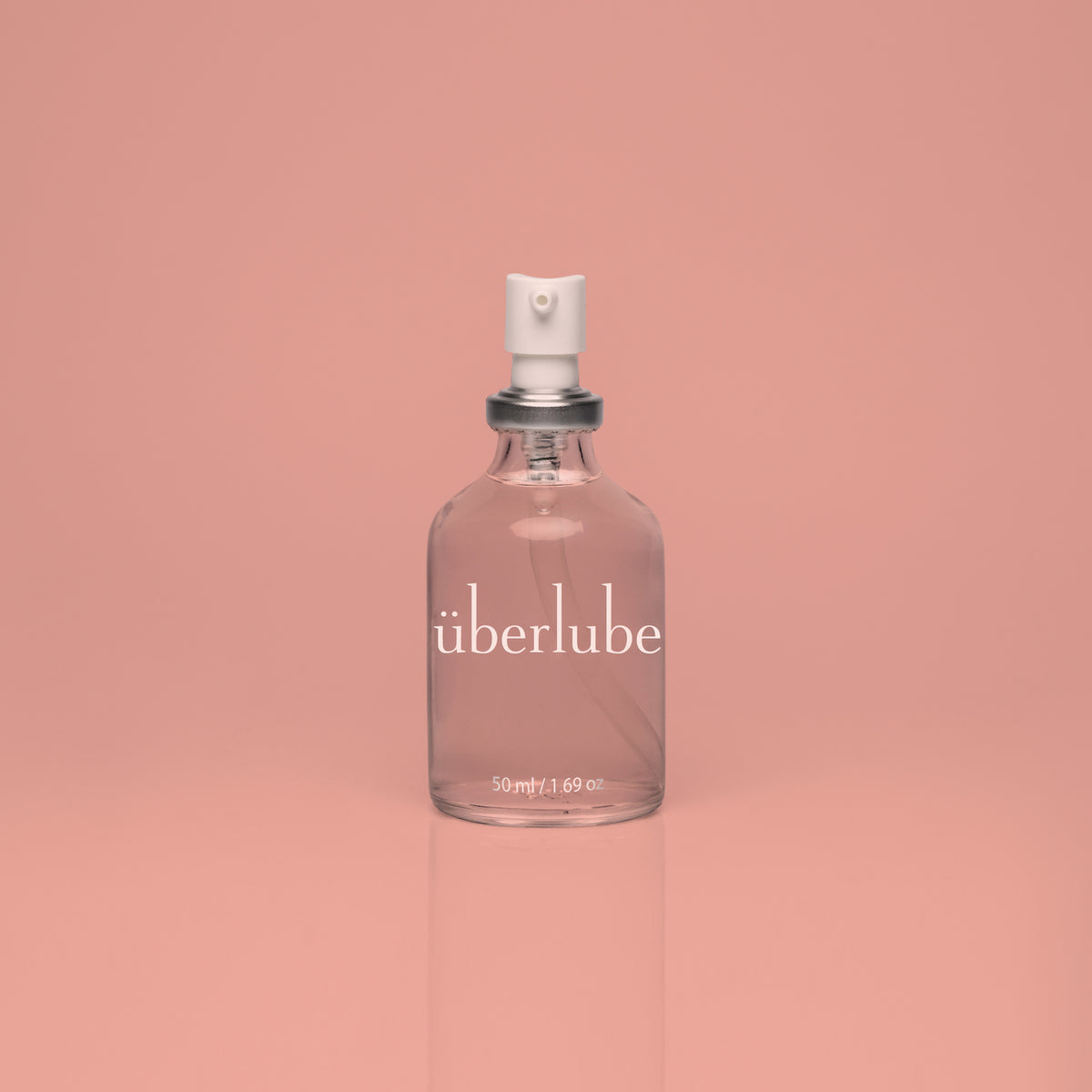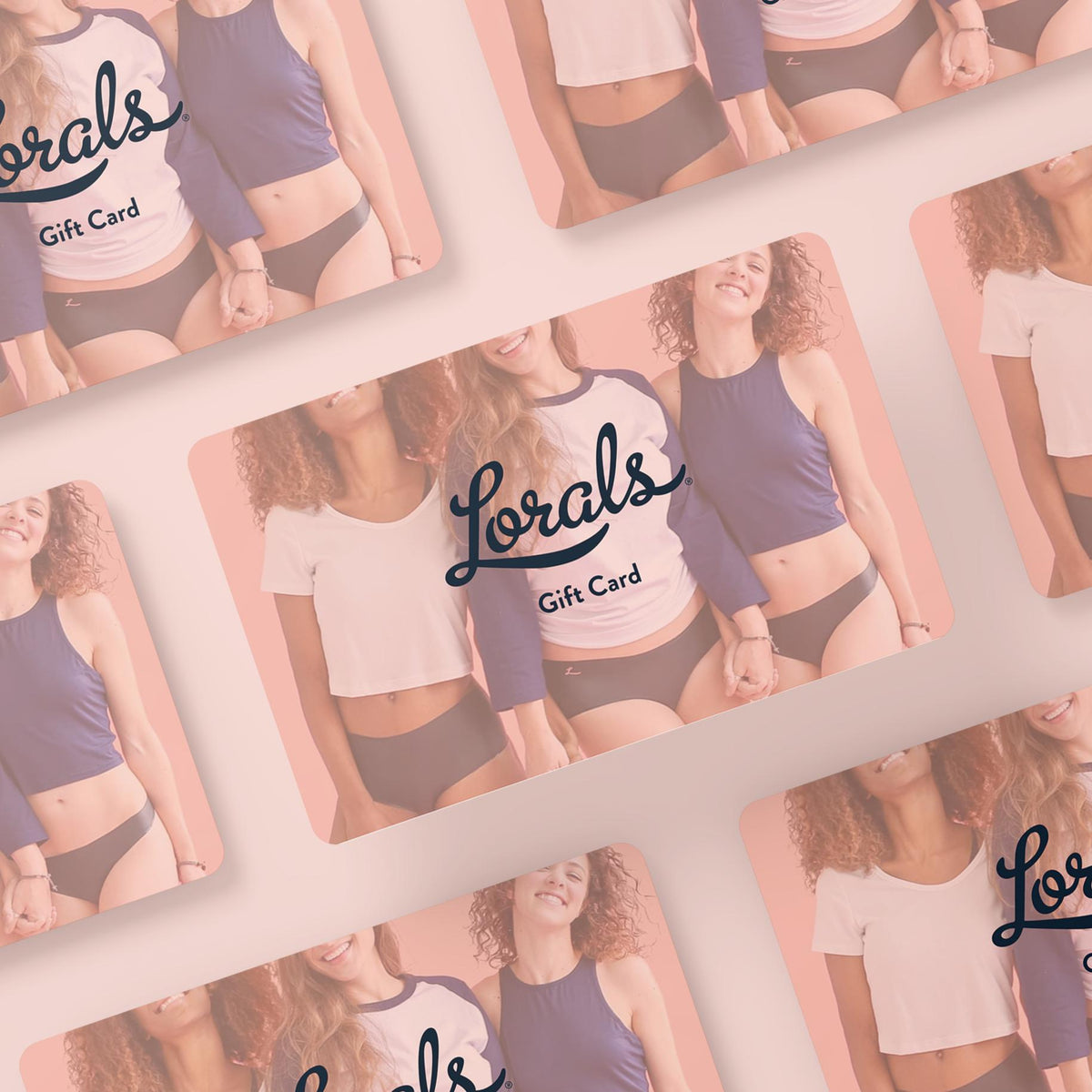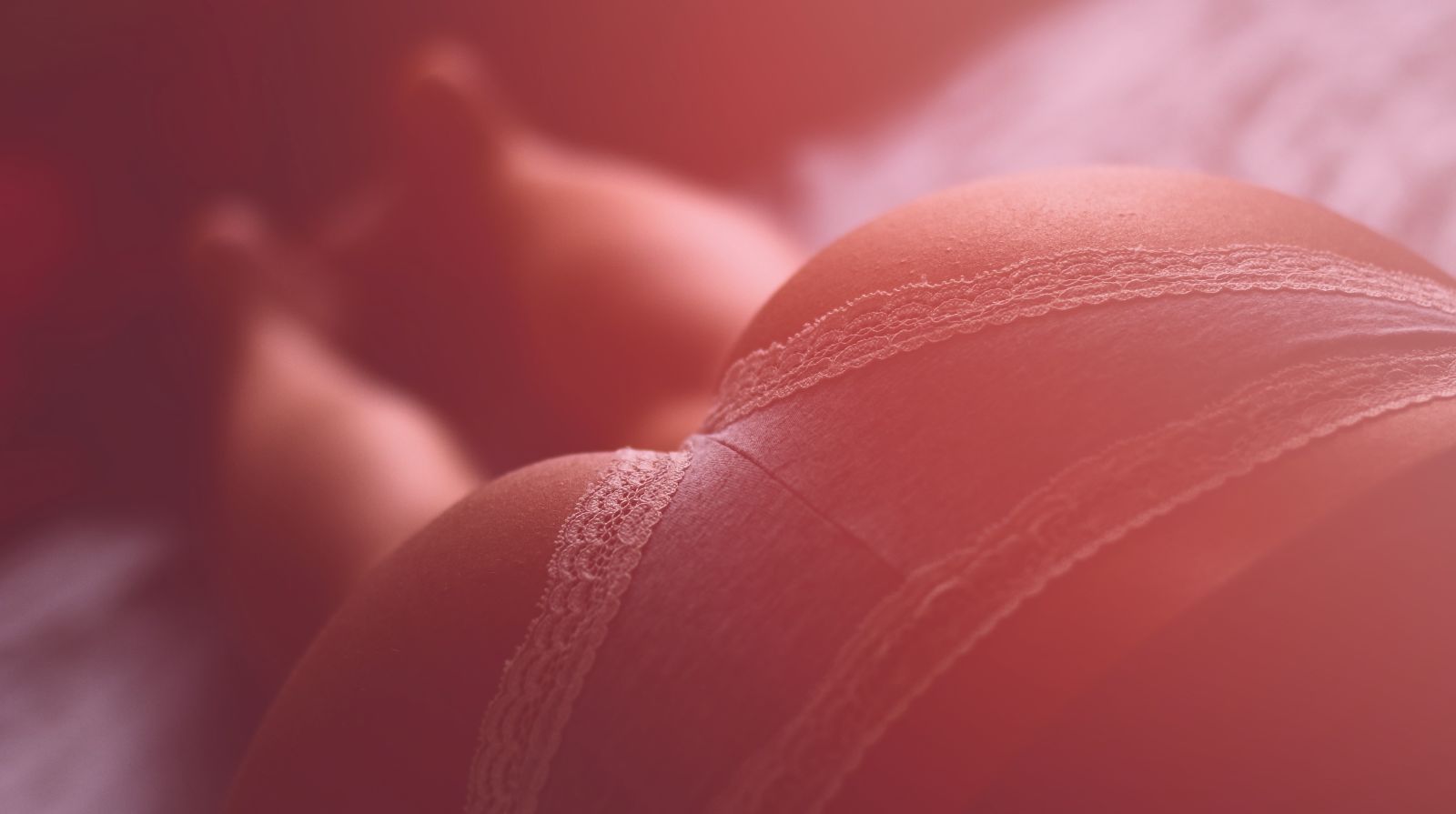There’s a lot of confusion about squirting, what it is, and what it isn’t: Is it ejaculation? Is it pee? Is it water? In this article, we clarify the differences between squirting and female ejaculation and give tips on how you can make yourself squirt.
What is squirting?
“Squirting is the expulsion of transparent liquid from the urethra during orgasm,” explains Dr. Bailey Hanek, AASECT-certified sex therapist, and consultant for the Between Us Clinic. “While many use the term ‘squirting’ to refer to female ejaculation and squirting, these are different processes and substances.”
Female Ejaculation vs. Squirting
Both female ejaculation and squirting can involve liquid coming out of the vulva, but the reality is they come from different places. Female ejaculation comes from the Skene’s glands, and squirting comes from the bladder (but it's not exactly pee!) Read on for more details.
While female ejaculation and squirting can happen simultaneously (before, during, or without orgasm), the location, volume, and chemical makeup of the fluid expelled are different.
Unless you’ve experienced this type of arousal, it may be hard to picture, and a quick internet search probably won’t do you any good.

“The squirting often depicted in pornography is a gushing tsunami,” Dr. Hanek continues. “In reality, it’s usually about 10 milliliters of liquid though it can be more for some people, not the liters that porn suggests.”
What is female ejaculation?
Female ejaculation occurs when the paraurethral glands (also known as the Skene’s glands or “female prostate”) secrete approximately 1 milliliter of thick, white, and milky-looking fluid.
“When small volumes of fluid are secreted from the paraurethral glands, this is called female ejaculation,” says Sarah Melancon, Ph.D., clinical sexologist, and sexuality and relationships expert for SexToyCollective.com. “This fluid is similar to the prostatic fluid in men and contains a high level of prostate-specific antigen (PSA) as well as glucose and fructose,” Melancon continues. “Compared to squirting, female ejaculation is less ‘explosive’ and tends to leak or ooze out.”

“With female ejaculation, the Skene's glands secrete a thick, milky fluid,” says Dr. Hanek. “Squirting fluid, however, is created in the kidneys, stored in the bladder, and exits the body through the urethra. Both female ejaculation and squirting can happen with or without orgasm and can happen simultaneously. Why one person may ejaculate and/or squirt, while someone else may not, is unclear,” Dr. Hanek continues. “Currently, there’s not sufficient research to say more about why either of these processes happens in comparison to other types of fluid, except that they are both associated with high levels of sexual arousal.”
Note: Ejaculate fluid differs from arousal fluid (i.e., the fluid that lubricates the vagina during sexual arousal), which we’ll cover below.
Is squirting pee?
No, the fluid that comes out when squirting is not urine, but it’s similar.
“Though this liquid is released from the bladder and has low levels of creatine and urea, two substances that are found in urine in higher concentrations, the liquid associated with squirting contains two enzymes (prostate-specific antigen and prostatic acid phosphatase) that are not in urine,” says Dr. Hanek.
“The hypothesis is that the squirting fluid gets mixed with small amounts of urine as it passes through the bladder and urethra. It's also possible that squirting fluid is a diluted form of urine, though research has neither supported nor refuted that hypothesis.”
Unintentionally peeing during sex is called coital incontinence. This is not squirting — coital incontinence is a urethral dysfunction. How can you tell the difference? With coital incontinence, there’s usually a large amount of liquid (urine) present, and it will have an odor.

“Squirting refers to forceful expulsion of female ejaculate, whereas coital incontinence refers to involuntary loss of urine during intercourse or orgasm,” says pelvic floor physical therapist Heather Jeffcoat, DPT, owner of Femina Physical Therapy in Los Angeles, CA. “It can be difficult to determine if you have coital incontinence versus female ejaculate since urine is contained in some female ejaculate. To determine if there is urine present, you could take AZO, which turns your urine dark orange,” Jeffcoat continues.
“But this doesn’t necessarily mean you’re having incontinence. I think the important thing to note is that if you feel good, but you don’t like [when] things get a little messy, it’s okay to lay down a towel or two to take the stress off so you can better focus on your pleasure.”
If you’re experiencing urinary leakage during penetration or orgasm, please see a healthcare professional to discuss possible treatment options, such as pelvic floor therapy.
|
Fluid Type |
Source |
Color and Consistency |
|
Female ejaculation |
paraurethral (Skene's) glands |
thick, white/milky |
|
Squirting |
bladder |
thin, clear or transparent |
|
Coital incontinence |
bladder |
urine |
What is arousal fluid?
When a person with a vulva “gets wet” in response to sexual arousal, this fluid — which is clear, wet, and slippery — is called “arousal fluid.” The Bartholin’s glands (located between the vulva and the vagina on each side of the vaginal opening) secrete arousal fluid during the first few phases of the sexual response cycle.
The Sexual Response Cycle
- Desire. During the “desire” phase, there’s an increase in genital blood flow, which leads to vascular engorgement or swelling of the blood vessels. This increase in blood flow encourages the Bartholin’s glands to lubricate the vagina.
- Arousal. When the body enters the “arousal” phase, the vaginal introitus (external opening of the vaginal canal) swells. Then the clitoris pushes back toward the pelvic bone as the body prepares for orgasm.
- Orgasm. The orgasm or climax phase is the shortest phase of the sexual response cycle and usually only lasts a few seconds. During orgasm, the muscles of the vagina contract.
- Resolution. Following orgasm, the body slowly returns back to its normal state.
It’s important to note that each person and their individual sexual experiences differ. Not everyone will go through the same sexual response cycle — some people may experience the desire phase after arousal or skip it entirely!
How to Make Yourself Squirt
While there isn’t enough scientific evidence to definitively say all people with a vulva can squirt, studies have found that 10–54% of vulva owners experience some form of ejaculation or squirting.

“In my opinion, most, if not all, females have the biological capacity to squirt, and it can be learned — though not everyone is interested, and that’s OK,” says Melancon. “Those who try to squirt and can’t are likely not aroused enough or not relaxed enough, which is the most challenging part! Though occasionally, it may just be a technique issue.”
Sex educator and squirting expert Lola Jean agrees, "There isn’t one way, location, or technique needed to squirt. Literally everyone is different." she says, "While one person may like intense g-spot stimulation another can squirt from a vibrator on their clit. The most important part is not taking your foot off the gas because you’re unsure how your body will react. If it feels good, keep going!"
Interested in trying it out for yourself? Follow these steps:
- Find a safe, quiet space to get into the mood without disruption. You’ll need 15–30 minutes of playtime to build yourself up, so choose your space wisely.
- Squirting takes arousal and patience. Spend some time exploring your body with your fingertips, watching porn, reading erotica, or fantasizing — but don’t bring yourself to orgasm just yet.
- Once you’re relaxed and aroused, begin pleasuring your clit. You can use your fingers, a toy, or both. If you’re using your fingers, try different pressures and movements (e.g., a gentle tapping, soft pinching of the clitoral hood, tracing circles around your clitoris while caressing your labia, etc.).
- Now that you’re wet and eager to come, you can work towards squirting. First, find your G-spot (about two inches inside the vagina; it feels squishy, like a wet raspberry).
- Slowly apply pressure; you’ll want to massage this area with your fingers using a “come hither” motion. (If it hurts, stop immediately.) Experiment to see what feels best. If your wrist is sore or you can’t reach it, consider using a sex toy that’s curved or has a point you can use to stimulate your g-spot.
- If penetration isn't working for you, that's ok too, you may not need it. "Penetration is overrated" says Jean, "In reality, removing, whatever may be inside during that period of arousal or expulsion can be the key to relieving your inner fountain."
- If you feel like you’re going to pee, that's a good sign; keep going! Just relax and let the feeling happen. Don’t think of it as having to pee. Think of it as a new sensation of pleasure — and don’t tense up!
- Don’t worry if you haven’t come yet. Squirting can happen with or without an orgasm.
“It can take time to learn to relax through the entire process,” says Melancon. “If you get close but not quite there, that’s okay — it’s a learning experience.”
Pro tip: If you're looking to explore squirting, but are a little hesitant about controlling the flow (especially during oral), Lorals for Pleasure are a great way to enjoy all the sensations while blocking any fluid from escaping.
Tips, Toys & Techniques
Whether you’re curious about trying to make yourself squirt or want to brush up on your skills, here are a few tips and tricks on how to do so, courtesy of the experts.
- Relax. “The most important part of squirting is relaxation,” says Dr. Hanek. “If you feel pressured, it's likely that you'll tense up. Relaxing your pelvic floor, clearing your mind of expectations, and leaning into the feeling of having to pee is a recipe for success.”
- Focus on having fun, not the end goal. “The best way to make yourself or a partner squirt is ironically NOT to try,” says Melancon. “When we try to make something happen sexually, we put a lot of pressure on ourselves, which takes us out of the moment, interferes with our hormones and nervous system, and makes whatever we’re after much less likely.”
- Prep your play area. Squirting may not produce a literal tsunami’s worth of fluid, but it can still get messy. If you’re worried about your sheets, or anything else, consider putting down a waterproof throw (Liberator has a few) or a towel. Or, hop in the shower. When you’re in the shower, there’s no worry of making a mess or accidentally wetting yourself because you’re already wet and in a safe place to do so, should it happen.
- Take your time. Squirting is like a unique form of art — it takes time to create a masterpiece. “While there is no scientific evidence either way, some assert that it takes 20-45 minutes for the female anatomy to become fully aroused,” says Melancon. “Take your time and enjoy yourself.”
- Give your G-spot some love, but don’t forget about your clit. Some people need both clitoral and G-spot stimulation to squirt, while others need exclusively g-spot stimulation. Everyone is different. The best way to figure out what works for you is to get down to business and try it all! “My favorite toy for G-spot stimulation and squirting is the Njoy Pure Wand paired with a good vibrator,” says Melancon. “This medical-grade stainless steel toy is heavy and provides a lot of internal pressure. Run it under the faucet, place it in a bowl of warm (not hot!) water, and get it close to body temperature before inserting it.”

- Invest in a high-end toy. “Various vibrators, or air-suction toys, can provide external clitoral stimulation,” says Dr. Hanek. “Internal G-area stimulation can be provided by vibrators or pulsators that curve toward the front of your body. Need both? Rabbit-style vibrators provide both external and internal stimulation,” Dr. Hanek continues. “As with all things sex, the type and intensity of stimulation needed and the toy's shape will depend on your specific anatomy — you may have to experiment to find what works for you!”
- Don't give up after one round. "Just because you try once and do not squirt doesn’t mean you’re not capable of it." explains Jean, "It can depend on the day, your cycle, or the way the wind is blowing. Figuring out how to squirt should be an exploration of your own body and not a feat of strength or way to impress a partner.
The Bottom Line
Squirting can be great, but it's not for everyone. Exploring your body and getting comfortable with yourself is the best way to see what works and whether it’s something you’re into.
Remember: Pleasure looks different for everyone — while squirting can be one of the most pleasurable experiences for some people, others may not like it at all, and that’s OK!
Written by Tabitha Britt, a freelance writer and editor. She's also the founding-editor-in-chief of DO YOU ENDO, the first (and only) no-BS digital magazine for individuals with endometriosis by individuals with endometriosis in the US. You can find her byline in a variety of publications including Insider, Medical News Today, and Kinkly.
Reviewed and Edited by Sarah Brown, a sex and intimacy educator with 10 years of experience designing and marketing intimate wellness and pleasure products.





